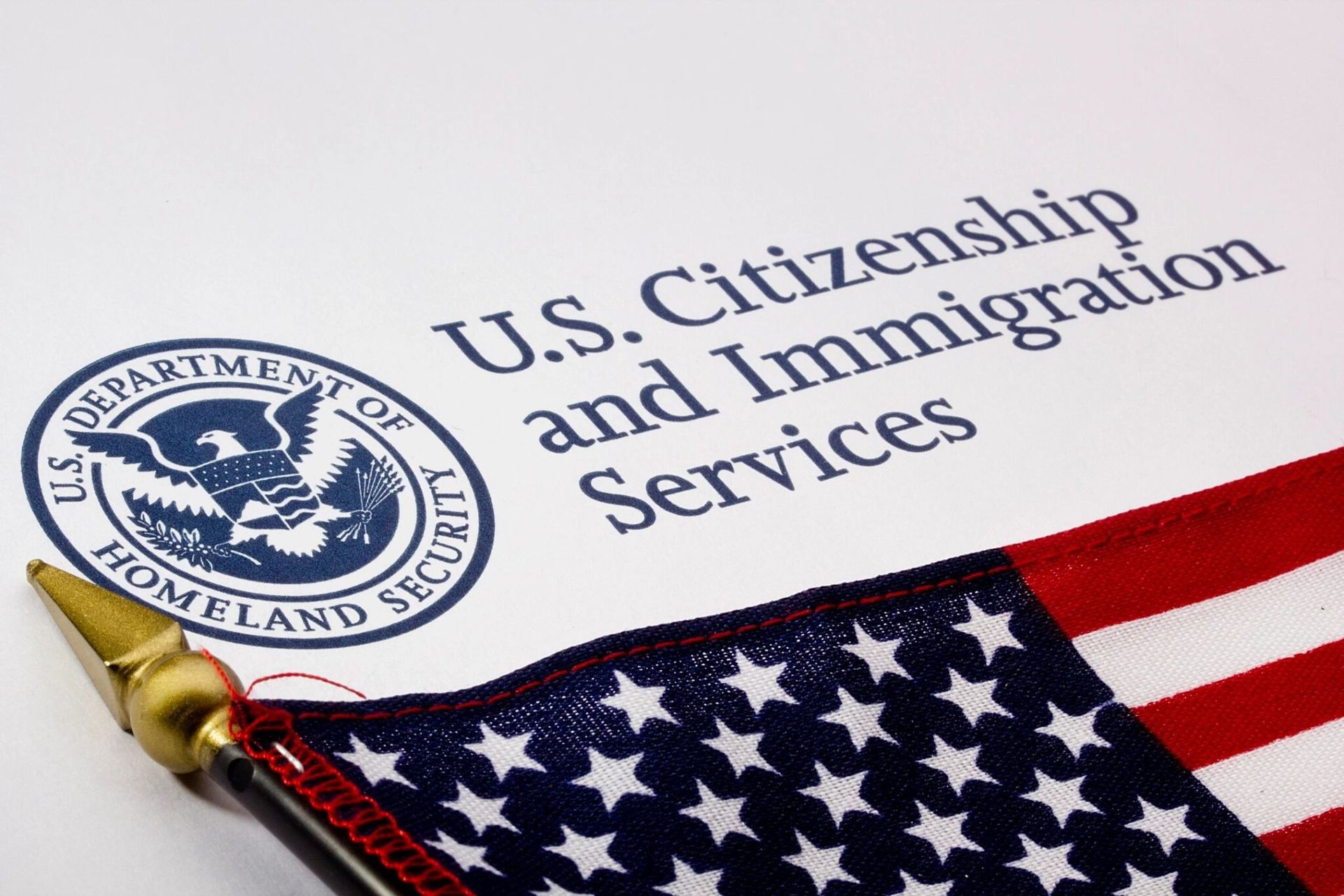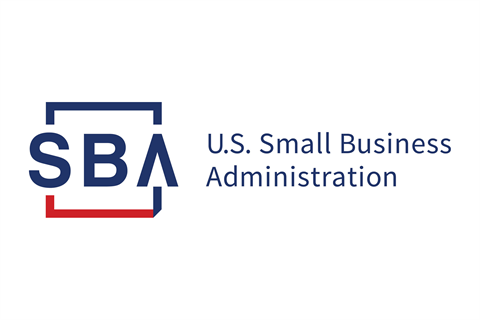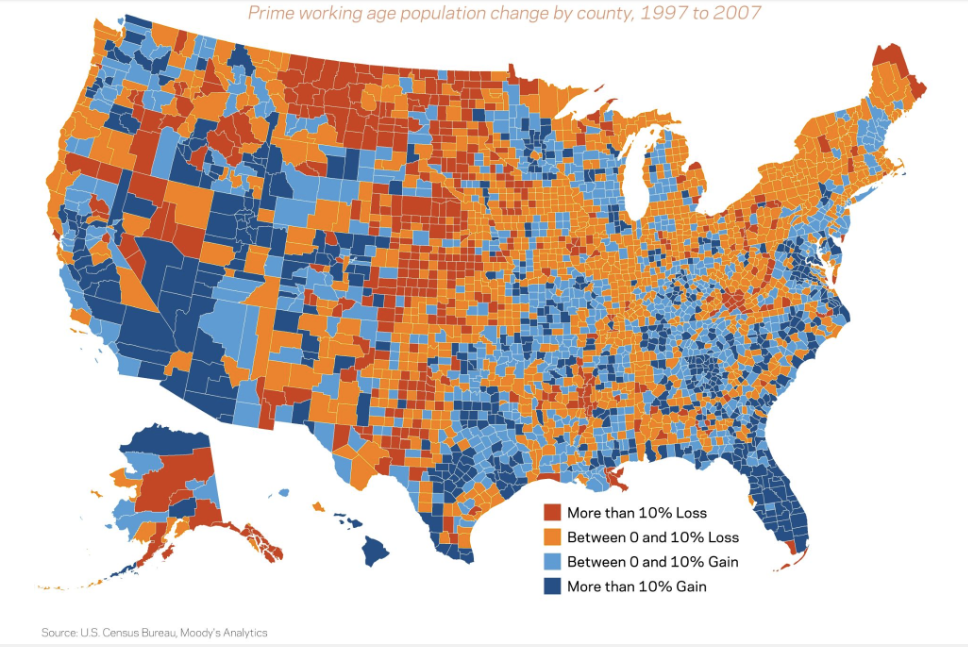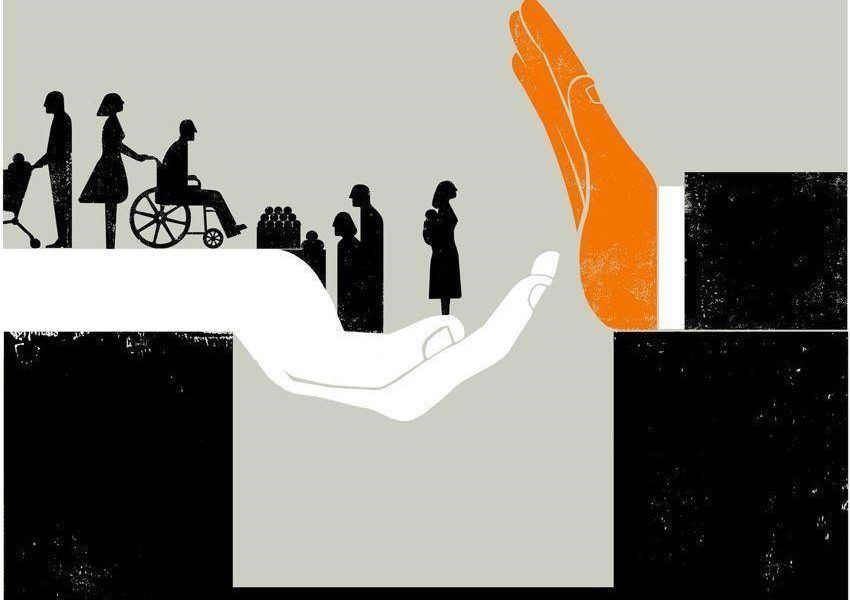Why People Immigrate To The U.S. Part II
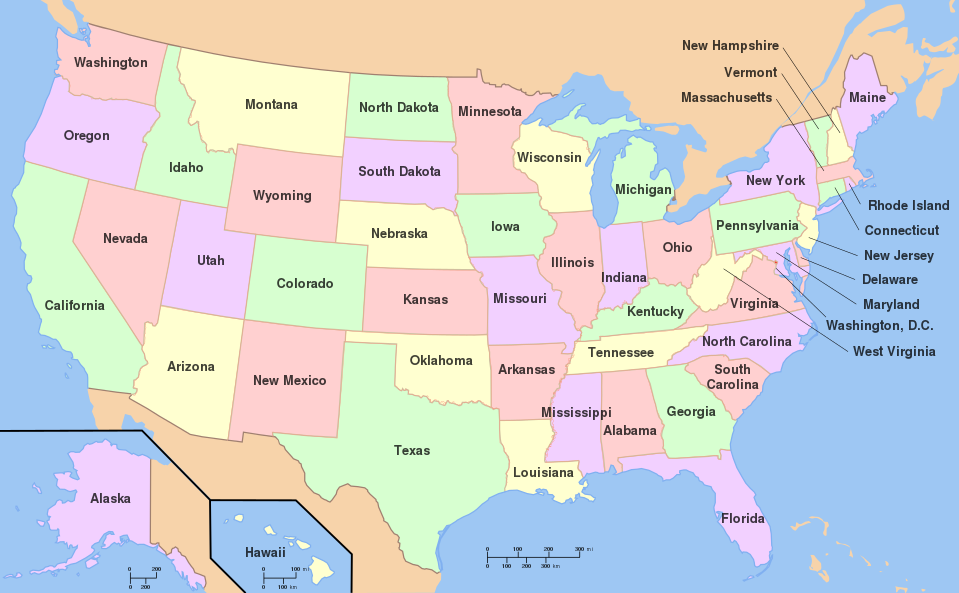
In our last blog post, we shared the story of one of our very own team members – Maggie Velazquez. Part I of this two-part blog focused on push factors, which, in Maggie’s story, for example, included violence from the Salvadoran Civil War and political unrest.
Maggie clearly needed to leave El Salvador and take her family somewhere safer. There’s a reason she and her family didn’t end up in, say, Greenland. She immigrated to the United States, because the United States’ positive aspects attracted immigrants like Maggie. These positives that attract immigrants are called, “pull factors.”
Pull factors can be the opposite of push factors. Where immigrants feel pushed out of their own country for war, hunger, drought, discrimination, and other things, they feel pulled to other countries by economic opportunity, security, diverstiy, equality, and more. Countries like the U.S., which are geographically large, feature political and religious freedom, and have strong, ever-growing economies that pull in immigrants from all over the world, both legally and illegally, and in the latter case, through incredibly difficult and often life-threatening methods.
How about other factors? U.S. immigration pull factors – the kind that don’t present a solution to life-or-death situations – include education, superior medical care, and more. A unique way to understand pull factors is to consider whether they are, for an immigrant, a want versus being a need.
Want to attend a U.S. university? We have a visa for that.
Want to start a business and get your green card? We have a visa for that, too.
We have visas for just about everything, and time has shown that even when visa applications get denied, immigrants find their way into the U.S. (and we’re better for it)! That speaks to qualitative value of the pull factors that draw immigrants to the United States, and we’re lucky to participate and practice in this area of the law!


